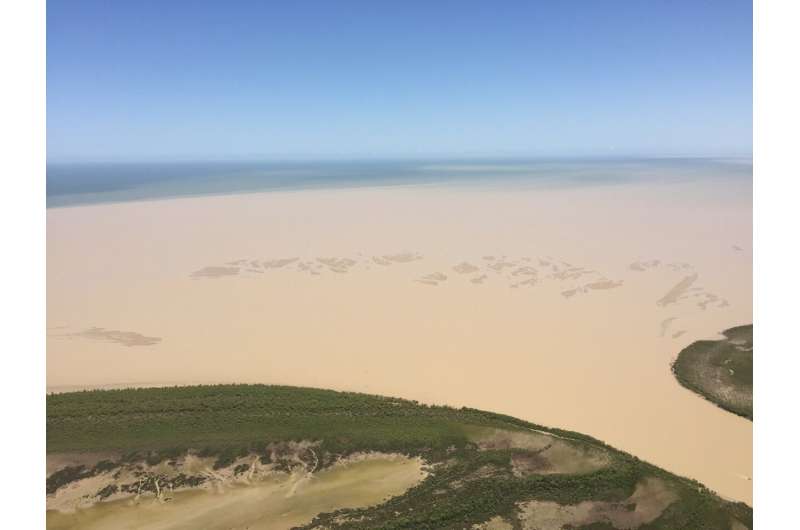This article has been reviewed according to Science X's editorial process and policies. Editors have highlighted the following attributes while ensuring the content's credibility:
fact-checked
peer-reviewed publication
trusted source
proofread
Scientific challenges and knowledge gaps with nutrient offsetting in waterways

New Griffith-led research outlines the steps needed for nutrient offsetting to achieve its potential as a more cost-effective way of improving water quality.
Published in the Journal of Environmental Management, this research identifies the scientific challenges and biophysical-chemical knowledge gaps that prevent nutrient offsetting from being incorporated in catchment health programs and suggests strategies to bridge these gaps and increase confidence in environmental outcomes for waterway health.
"Nutrient offsetting allows polluters to pay for reductions in nutrient load flowing into a river from alternative sources, preferably up-stream with a lower cost," said senior author Professor Michele Burford at the Australian Rivers Institute.
"To date nutrient offset/trading has not been widely adopted, partially due to the inability of regulatory mechanisms to address the concept and the complexity of the necessary governance structure.
"However, there are also uncertainties in the biophysical-chemical understanding of nutrient sources and their impacts on waterways for offset programs."
"It is critical to assess the feasibility of employing nutrient offsetting to manage nutrient load in waterways and achieve catchment health."
To this end, offset programs need to evaluate appropriate time- and spatial-scales (local, catchment, or regional) for assessing and managing nutrient load, and quantify the differences in characteristics between point and non-point nutrient sources to ensure that offsets can realistically achieve environmental management goals.
"Accurately quantifying the diffuse source nutrient loads is challenging," said lead author Dr. Jing Lu, a research fellow at the Australian Rivers Institute. "For nutrient offset to be successful, we need better monitoring design to quantify nutrients entering waterways, as well as robust modeling approaches to reduce uncertainties."
"Catchment interventions also need effective ongoing monitoring programs and modeling to ensure that nutrient reductions are sustained over the period of the offset program and to reduce the uncertainty of an intervention's effectiveness.
"A better biophysical-chemical understanding of a catchment also allows us to prioritize areas within catchments with key nutrient sources appropriate for targeted interventions to achieve aquatic ecosystem health."
Monitoring nutrient discharge patterns and developing methodologies to determine environmental equivalency ratios that clearly quantify the impacts of different nutrient sources on ecosystem response across seasons and at different river sites, can further ensure that nutrient offsetting leads to genuine ecosystem health improvements and positive environmental outcomes for our waterways.
More information: Jing Lu et al, Scientific challenges and biophysical knowledge gaps for implementing nutrient offset projects, Journal of Environmental Management (2023). DOI: 10.1016/j.jenvman.2023.117902
Journal information: Journal of Environmental Management
Provided by Griffith University





















